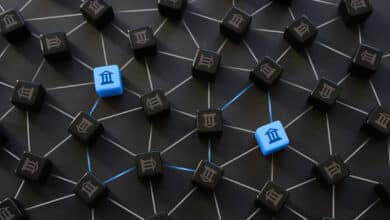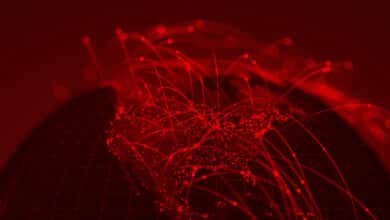All Post-Quantum, PQC Posts
-
Post-Quantum, PQC, Quantum Security
Quantum Risk: The Coming Cryptography Reckoning
In a secure data center somewhere, an adversary is quietly stockpiling encrypted emails, financial transactions, and state secrets - betting that within a decade a new kind of machine will decrypt them in minutes. This scenario underpins what cybersecurity experts are calling "quantum risk." In essence, quantum risk is the looming threat that advances in quantum computing will shatter the cryptographic safeguards protecting our digital…
Read More » -
Post-Quantum, PQC, Quantum Security
Cryptographic Bill of Materials (CBOM) for an Open RAN-Based Telecom RAN
Based on anonymized results of a project, I will try to illustrate key parts of a comprehensive Cryptographic Bill of Materials (CBOM) for a telecom Radio Access Network (RAN) implementation based on the Open RAN architecture. I enumerate all cryptographic mechanisms across the control plane, user plane, management interfaces, and orchestration layers of the RAN. Both standardized algorithms (e.g. 3GPP-defined ciphers like SNOW 3G, AES, ZUC)…
Read More » -
Post-Quantum, PQC, Quantum Security
Cryptographic Stack in Modern Interbank Payment Systems
International interbank payments rely on multiple layers of classical cryptography to ensure security from end to end. When a user initiates a cross-border transfer at their local bank, cryptographic mechanisms protect the transaction at every stage - from the customer’s online banking session, through the bank’s internal systems, across the SWIFT interbank messaging network, to settlement in a central Real-Time Gross Settlement (RTGS) system.
Read More » -
Post-Quantum, PQC, Quantum Security
Post-Quantum Cryptography (PQC) and Network Connectivity: Challenges and Impacts
PQC brings new dependencies between cryptography and network connectivity. Unlike the relatively small and efficient crypto of the past, post-quantum algorithms force us to consider link capacity, latency, and device limitations as first-class concerns in security design. Some network environments - particularly low-power and low-bandwidth links - will face significant challenges in a post-quantum migration, potentially impacting communication reliability. Other environments, like typical broadband and…
Read More » -
Q-Day
What Will Really Happen Once Q-Day Arrives – When Our Current Cryptography Is Broken?
As the world edges closer to the era of powerful quantum computers, experts warn of an approaching “Q-Day” (sometimes called Y2Q or the Quantum Apocalypse): the day a cryptographically relevant quantum computer can break our current encryption. Unlike the Y2K bug—which had a fixed deadline and was mostly defused before the clock struck midnight—Q-Day won’t announce itself with a clear date or time. We won’t…
Read More » -
Q-Day
Q-Day Predictions: Anticipating the Arrival of CRQC
While CRQCs capable of breaking current public key encryption algorithms have not yet materialized, technological advancements are pushing us towards what is ominously dubbed 'Q-Day'—the day a CRQC becomes operational. Many experts believe that Q-Day, or Y2Q as it's sometimes called, is just around the corner, suggesting it could occur by 2030 or even sooner; some speculate it may already exist within secret government laboratories.
Read More » -
Post-Quantum, PQC, Quantum Security
Quantum Readiness for Mission-Critical Communications (MCC)
Mission-critical communications (MCC) networks are the specialized communication systems used by “blue light” emergency and disaster response services (police, fire, EMS), military units, utilities, and other critical operators to relay vital information when lives or infrastructure are at stake. These networks prioritize reliability, availability, and resilience – they must remain operational even during disasters or infrastructure outages. For example, in a hurricane that knocks out…
Read More » -
Post-Quantum, PQC, Quantum Security
Harvest Now, Decrypt Later (HNDL) Risk
"Harvest Now, Decrypt Later" (HNDL), also known as "Store Now, Decrypt Later" (SNDL), is a concerning risk where adversaries collect encrypted data with the intent to decrypt it once quantum computing becomes capable of breaking current encryption methods. This is the quantum computing's ticking time bomb, with potential implications for every encrypted byte of data currently considered secure.
Read More »







